For centuries, the idea of ‘survival of the fittest’ has been used to explain how only the strongest, fastest, or most dominant animals thrive in nature.
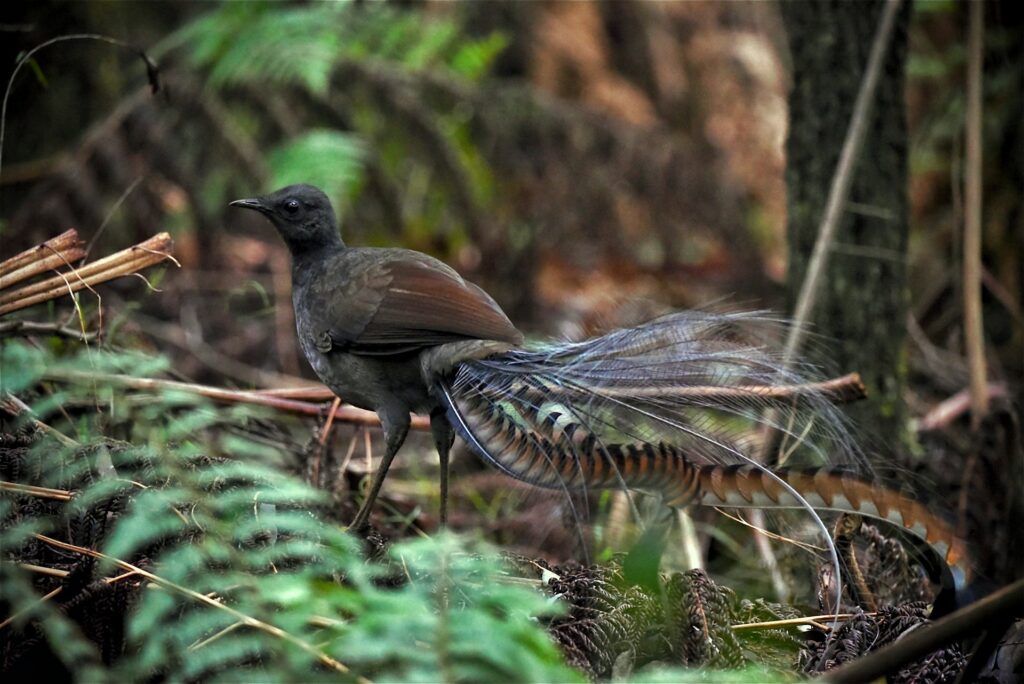
However, the animal kingdom is full of unexpected rule-breakers—species that have found surprising ways to survive and succeed despite being weaker, slower, or seemingly less suited for their environments. From creatures that outlast predators through deception to animals that rely on cooperation instead of competition, these species prove that survival isn’t just about brute strength—it’s also about intelligence, adaptability, and even kindness.
The axolotl defies ageing and heals itself.

Most amphibians undergo metamorphosis, transitioning from aquatic larvae to land-dwelling adults. The axolotl, however, has refused to play by those rules. This bizarre creature stays in its juvenile form for life, keeping its gills and remaining fully aquatic. What’s even more impressive is its incredible ability to regenerate body parts—including limbs, spinal cords, and even parts of its heart and brain.
Instead of evolving to be fast or aggressive, axolotls have survived by becoming nature’s best healers. Scientists are studying them to unlock the secrets of regeneration, which could have implications for human medicine. While they face habitat destruction in the wild, their ability to survive in captivity has made them a species of great scientific interest.
Naked mole rats thrive without feeling pain.

The naked mole rat is one of the strangest mammals on Earth. It lives underground in harsh, oxygen-poor tunnels, but instead of adapting with strength or speed, it has survived by evolving to ignore pain and resist cancer. Unlike most mammals, naked mole rats feel almost no pain from chemical irritants, allowing them to thrive in their burrowing lifestyle.
Even more remarkable, they have an almost unheard-of ability to survive without oxygen for up to 18 minutes by switching to a metabolism similar to plants. Their cooperative, hive-like colonies—where a single queen reproduces while workers and soldiers defend the group—allow them to function more like insects than typical mammals. Their survival strategy is based on teamwork and biological resilience, rather than individual strength.
The immortal jellyfish refuses to die.
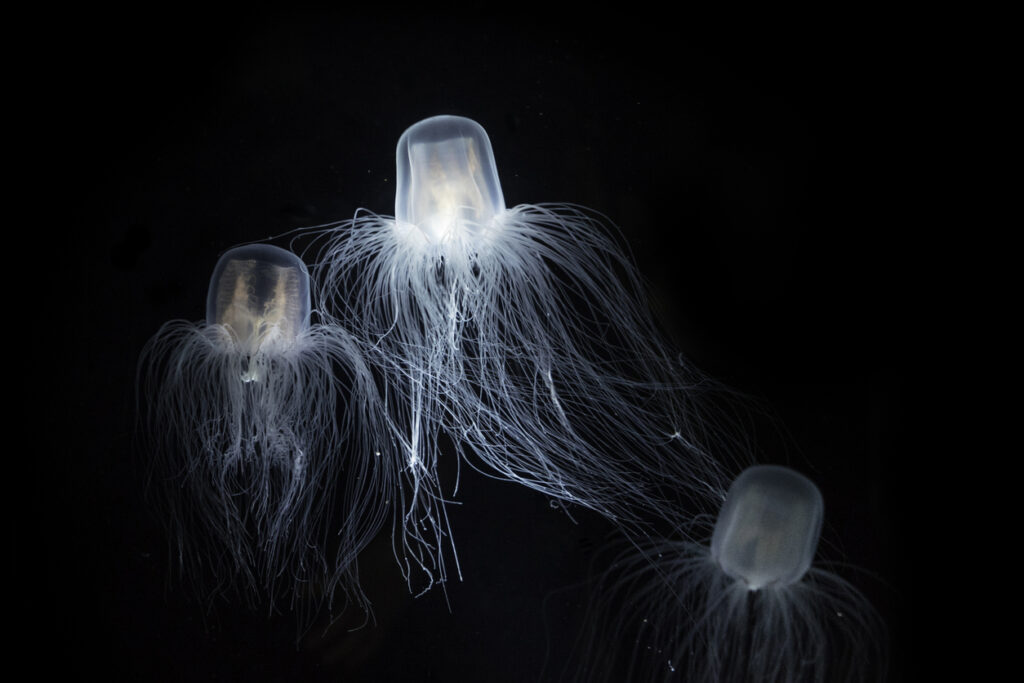
Most creatures live and die through a natural ageing process, but the Turritopsis dohrnii, also known as the ‘immortal jellyfish,’ has found a loophole in death itself. When faced with stress, injury, or old age, it can revert to its earliest life stage and start its lifecycle all over again—essentially becoming young once more.
This ability means that, theoretically, the jellyfish could live forever under the right conditions. By breaking the traditional cycle of life and death, it challenges everything we know about ageing. Scientists are studying this jellyfish to understand how it manipulates its own biology, potentially unlocking secrets that could impact human ageing and medicine.
The mimic octopus survives by pretending to be other animals.

Most animals survive by using physical strength, but the mimic octopus relies purely on deception. Instead of hiding from predators, it takes camouflage to the next level by shapeshifting into other sea creatures, including venomous lionfish, sea snakes, and even flatfish.
This remarkable ability allows the mimic octopus to outsmart threats rather than outrun them. It observes and adapts to its surroundings, selecting which animal to imitate based on what will best deter predators. By using intelligence and illusion rather than speed or strength, it has rewritten the rules of how small animals survive in a world full of danger.
The lyrebird wins by imitating its rivals.

In the forests of Australia, the lyrebird has developed an extraordinary skill: it can imitate almost any sound it hears, from chainsaws and camera shutters to other bird calls. This ability isn’t just for show—it helps male lyrebirds attract mates by proving they have the most impressive vocal range.
Instead of relying on bright feathers or brute strength, lyrebirds use mimicry as a survival strategy. The better a male’s imitation skills, the more likely he is to reproduce, ensuring that this incredible trait gets passed on. This proves that, sometimes, intelligence and creativity can be just as valuable as physical strength in nature.
The cuckoo bird tricks others into raising its young.
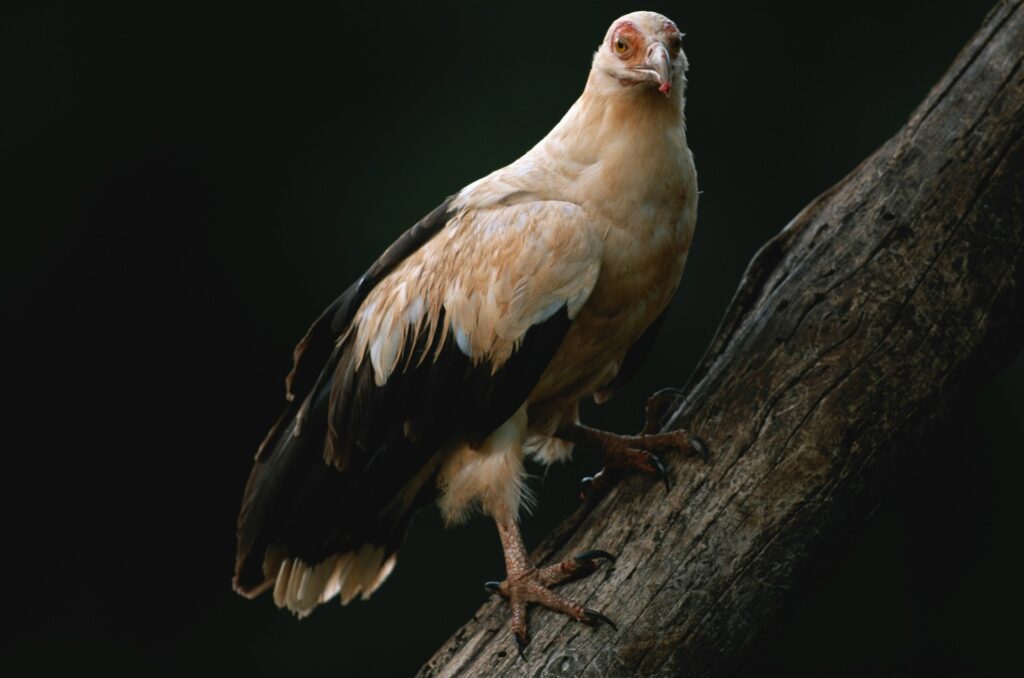
Most birds work hard to build nests and raise their chicks, but the cuckoo bird has found a way to avoid parental responsibilities altogether. Instead of raising its own young, it lays eggs in the nests of other birds and tricks them into doing the hard work. The unsuspecting foster parents hatch the cuckoo chick and raise it as their own, often at the expense of their biological offspring.
This survival strategy allows cuckoos to focus entirely on reproducing rather than nest-building or parenting. While it may seem unfair, it’s an incredibly effective way to pass on genes without expending energy on childcare. This ‘parasitic’ parenting style shows that survival isn’t just about strength—it’s also about finding the most efficient way to ensure offspring thrive.
The water bear can survive almost anything.

The tiny tardigrade, also known as the water bear, is one of the most indestructible creatures on the planet. It can survive extreme temperatures, radiation, the vacuum of space, and even being completely dried out for years. Unlike most animals, which need water and stable conditions to survive, tardigrades can enter a state of suspended animation, effectively pausing their metabolism until conditions improve.
This ability makes tardigrades one of the few animals that could potentially survive a global catastrophe. Instead of evolving for strength or speed, they’ve mastered the art of resilience, proving that adaptability is one of the most powerful survival traits in nature.
The pistol shrimp fights with sound waves.
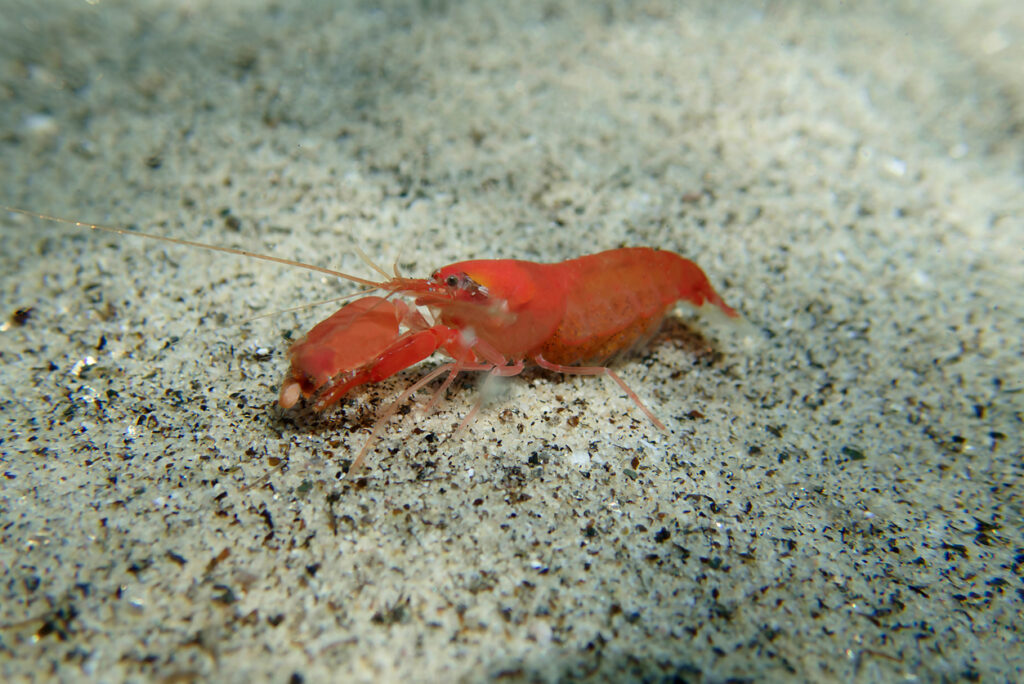
The pistol shrimp may be small, but it has one of the most powerful weapons in the animal kingdom—a claw that snaps shut so fast it creates a shockwave, stunning or killing prey instantly. This claw generates temperatures as hot as the sun’s surface for a split second and produces one of the loudest sounds in the ocean.
Instead of using brute force or venom, the pistol shrimp has evolved a biological weapon that gives it an edge over much larger predators. It’s a perfect example of how nature often rewards innovation over sheer strength.
The albatross survives by flying for years without landing.
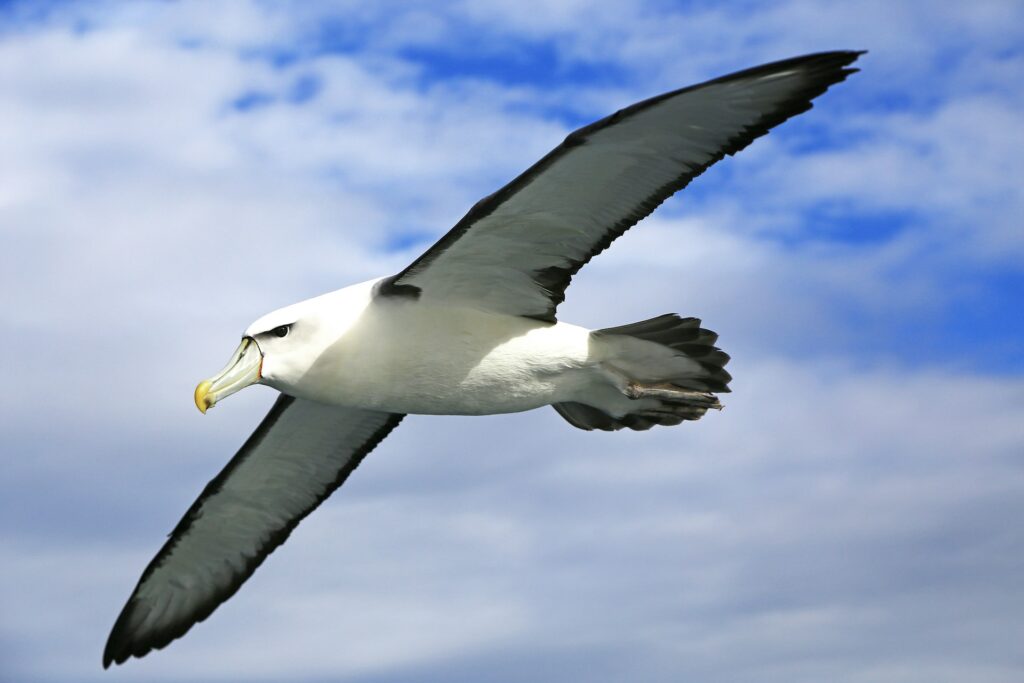
Albatrosses are the masters of endurance, spending most of their lives in the air. Some species can travel thousands of miles without touching land, using air currents to glide effortlessly for weeks or even years. Unlike most birds that need to rest frequently, albatrosses have adapted to stay airborne for extreme distances, helping them find food across vast oceans.
This ability allows them to avoid predators and cover huge ranges without exhausting their energy. Instead of surviving through aggression or speed, they’ve mastered efficiency, proving that stamina and resourcefulness can be just as valuable as physical strength.
The poison dart frog’s deadly skin makes it untouchable.
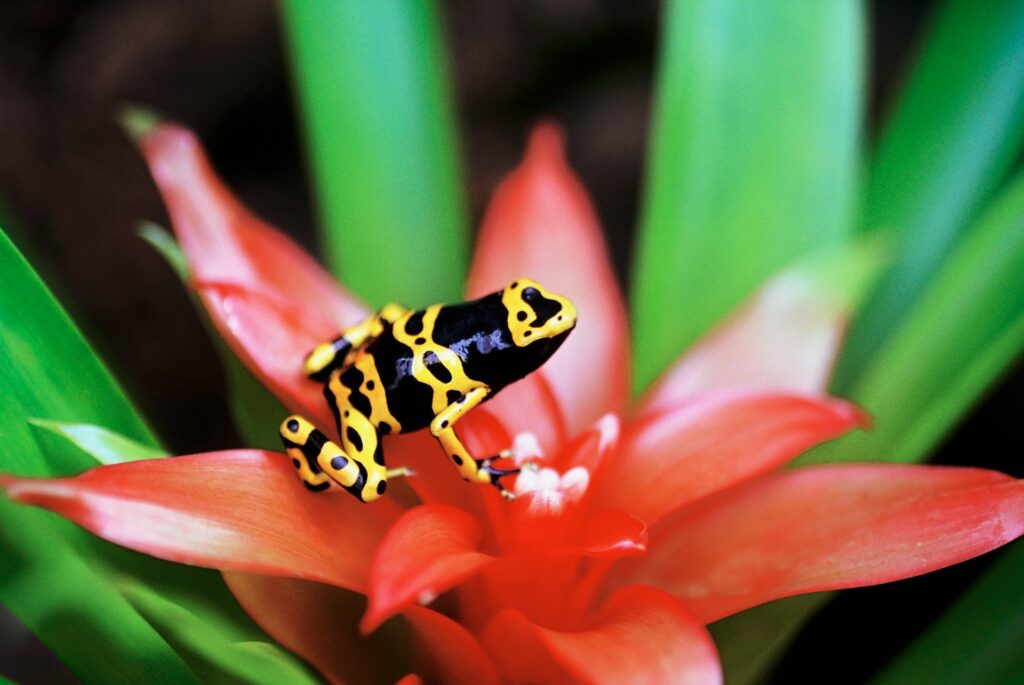
The poison dart frog is one of the most toxic animals on Earth, but it doesn’t use speed, size, or aggression to survive. Instead, its bright colours warn predators to stay away, as a single frog carries enough toxins to kill several humans.
Unlike other creatures that rely on hiding or escaping from danger, the poison dart frog thrives by making itself impossible to eat. This strategy, known as aposematism, proves that sometimes the best way to survive is to be too dangerous to touch.
Nature’s rulebreakers prove that survival isn’t just about strength.

The idea that only the “strongest” survive is outdated—these animals show that intelligence, adaptation, cooperation, and even deception are just as powerful. Whether it’s a jellyfish that cheats death, a bird that lets others raise its chicks, or a tiny creature that can outlast an apocalypse, these species remind us that nature rewards creativity just as much as brute force.
By studying these incredible rule-breakers, scientists gain new insights into evolution, resilience, and survival. In the end, nature’s most successful creatures aren’t always the fastest or strongest—but often the smartest, most adaptable, and most surprising.